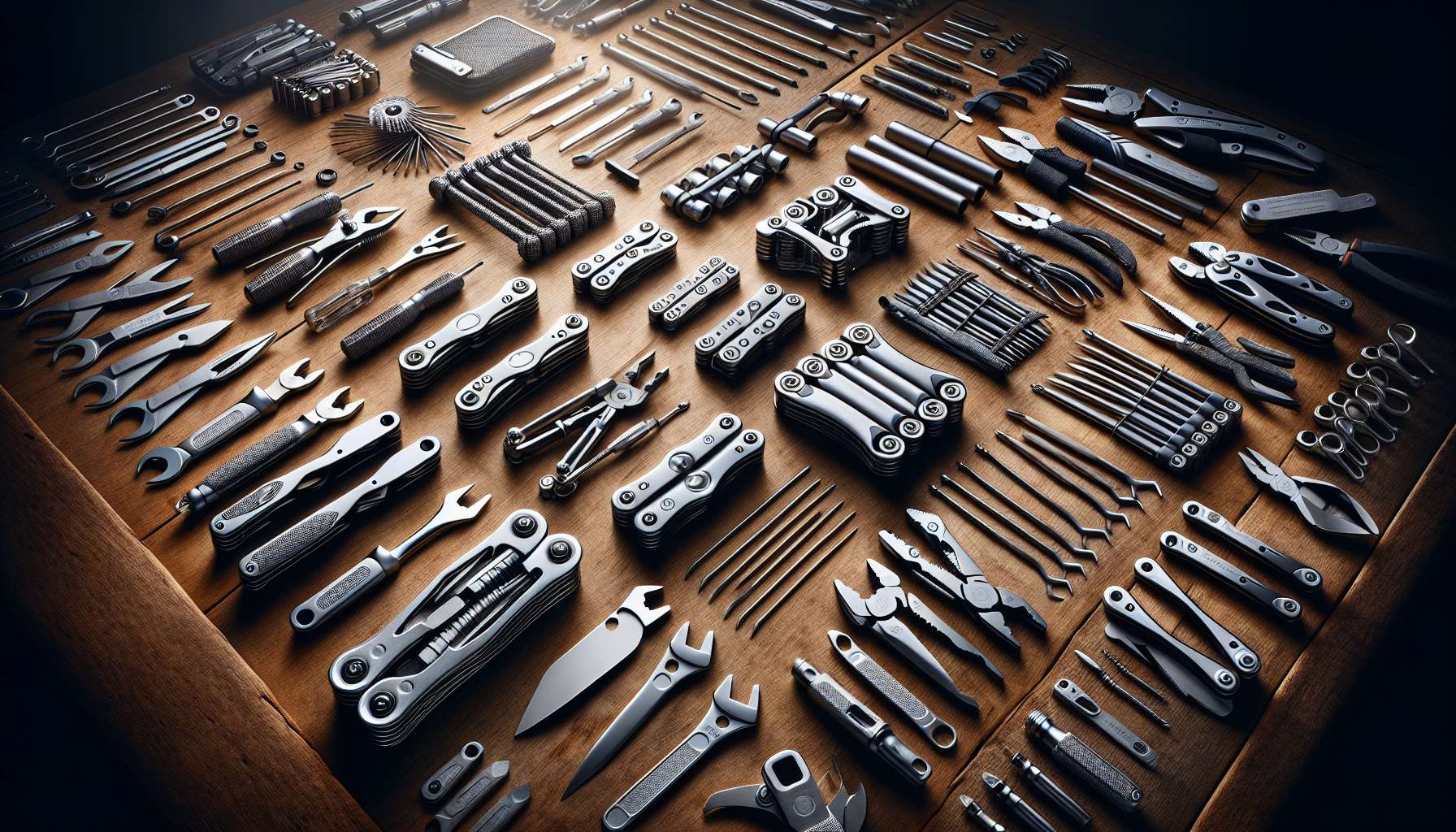The Ultimate Guide to Climbing Chalk
When it comes to rock climbing, every little detail can make a difference between success and failure. One such detail that often goes unnoticed by novice climbers is climbing chalk. This seemingly simple white powder plays a crucial role in improving grip and preventing sweaty hands from slipping off holds. In this comprehensive guide, we will delve deep into the world of climbing chalk, exploring its history, types, usage, and more. So, grab your chalk bag and let’s embark on this chalk-covered journey!
History of Climbing Chalk
The use of chalk in climbing dates back to the early days of the sport. Climbers in the 1950s and 60s began using gymnastics chalk to keep their hands dry and improve their grip on the rocks. However, it wasn’t until the 1980s that climbing-specific chalk began to gain popularity. Brands like Metolius and Black Diamond started producing finely ground magnesium carbonate, which became the standard choice for climbers around the world.
Over the years, climbing chalk has evolved, with newer formulations such as liquid chalk and eco-friendly options hitting the market. Today, climbers have a wide range of choices when it comes to chalk, each offering unique benefits and features.
Types of Climbing Chalk
There are several types of climbing chalk available on the market, each with its own characteristics and benefits. The most common types include:
1. Loose Chalk:
Loose chalk is the traditional form of climbing chalk, consisting of finely ground magnesium carbonate. It is poured into a chalk bag and then applied to the hands before climbing. Loose chalk is known for its ability to quickly absorb moisture, providing a dry and grippy surface for the hands.
2. Chalk Balls:
Chalk balls are a convenient alternative to loose chalk, especially for gym climbers. These are mesh balls filled with loose chalk that can be squeezed to release chalk onto the hands. Chalk balls help reduce dust and mess, making them a popular choice for indoor climbing.
3. Liquid Chalk:
Liquid chalk is a relatively new addition to the climbing chalk family. It consists of a mixture of alcohol and magnesium carbonate that dries quickly on the hands, leaving a thin layer of chalk behind. Liquid chalk is known for its long-lasting grip and is often favored by climbers tackling long routes or bouldering problems.
4. Eco-Friendly Chalk:
As climbers become more environmentally conscious, eco-friendly chalk options have gained popularity. These chalks are made from natural ingredients and are free from harmful chemicals, making them a sustainable choice for eco-conscious climbers.
Benefits of Climbing Chalk
Climbing chalk offers several benefits that can greatly enhance a climber’s performance. Some of the key benefits include:
1. Improved Grip:
One of the primary benefits of climbing chalk is its ability to improve grip by reducing moisture and sweat on the hands. This allows climbers to maintain a secure hold on the rock surface, preventing slips and falls.
2. Reduced Hand Fatigue:
By providing a dry and grippy surface, climbing chalk can help reduce hand fatigue during long climbing sessions. This allows climbers to maintain their grip strength and endurance, improving overall performance on the wall.
3. Confidence Boost:
Using climbing chalk can also provide a psychological boost to climbers, increasing their confidence and focus on challenging routes. Knowing that their hands are secure and dry can help climbers push their limits and tackle difficult climbs with more assurance.
How to Use Climbing Chalk
Using climbing chalk may seem straightforward, but there are some tips and best practices to keep in mind for optimal performance:
1. Fill Your Chalk Bag:
Start by filling your chalk bag with loose chalk or placing a chalk ball inside. Make sure the chalk is evenly distributed in the bag to prevent clumping.
2. Chalk Up:
To apply chalk to your hands, dip them into the chalk bag and rub the chalk between your fingers and palms. Make sure to cover all areas of your hands, including the fingertips and knuckles.
3. Brush Off Excess:
After chalking up, gently brush off any excess chalk from your hands to prevent it from caking on the holds. This will ensure a cleaner grip and minimize chalk dust in the climbing area.
4. Reapply as Needed:
During your climb, reapply chalk as needed to maintain a dry and grippy surface on your hands. Pay attention to how your hands feel and adjust the amount of chalk accordingly.
Expert Opinions
We reached out to professional climbers and coaches to get their insights on the importance of climbing chalk in the sport. Here’s what they had to say:
1. Alex Honnold, Professional Rock Climber:
“Climbing chalk is an essential tool for every climber, helping to improve grip and prevent sweaty hands. I always make sure to chalk up before attempting a challenging route.”
2. Nina Williams, Professional Boulderer:
“I prefer using liquid chalk for my bouldering sessions as it provides a long-lasting grip that lasts through multiple attempts. It’s a game-changer for me when working on tough projects.”
Common Misconceptions
There are some common misconceptions about climbing chalk that are worth addressing:
1. Chalk is Only for Sweaty Hands:
While climbing chalk is commonly used to combat sweaty hands, it also helps improve grip for climbers with dry hands. The chalk absorbs excess moisture and provides a dry surface for better friction.
2. Chalk Harms the Environment:
While some traditional chalk formulations may contain drying agents that can be harmful to the environment, eco-friendly chalk options are available that are safe and sustainable for outdoor use.
Conclusion
To wrap things up, climbing chalk is a crucial tool for climbers of all levels, offering improved grip, reduced hand fatigue, and increased confidence on the wall. Whether you prefer loose chalk, chalk balls, liquid chalk, or eco-friendly options, finding the right chalk for your climbing needs can make a significant difference in your performance. So, next time you hit the crag or gym, don’t forget to chalk up and climb on!




